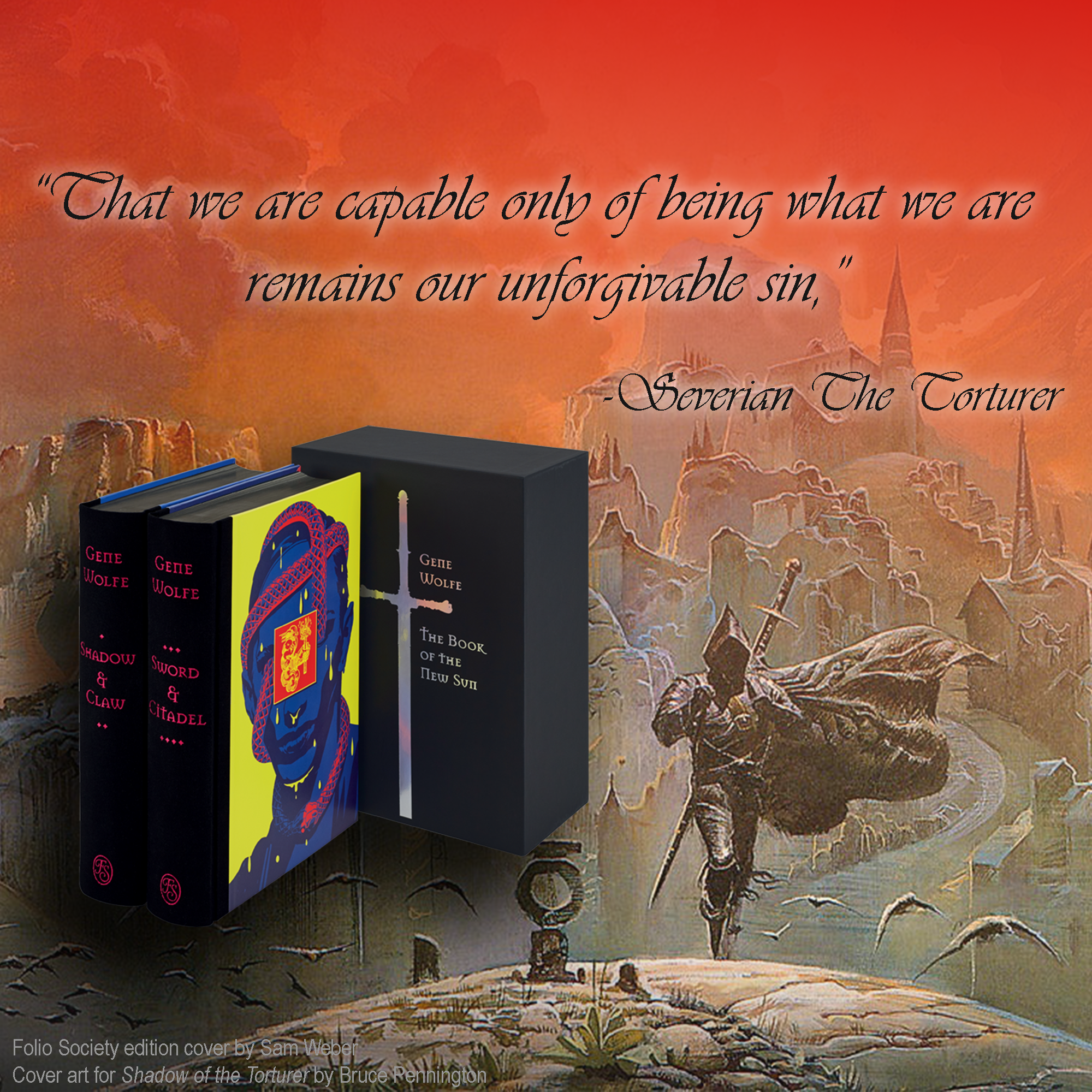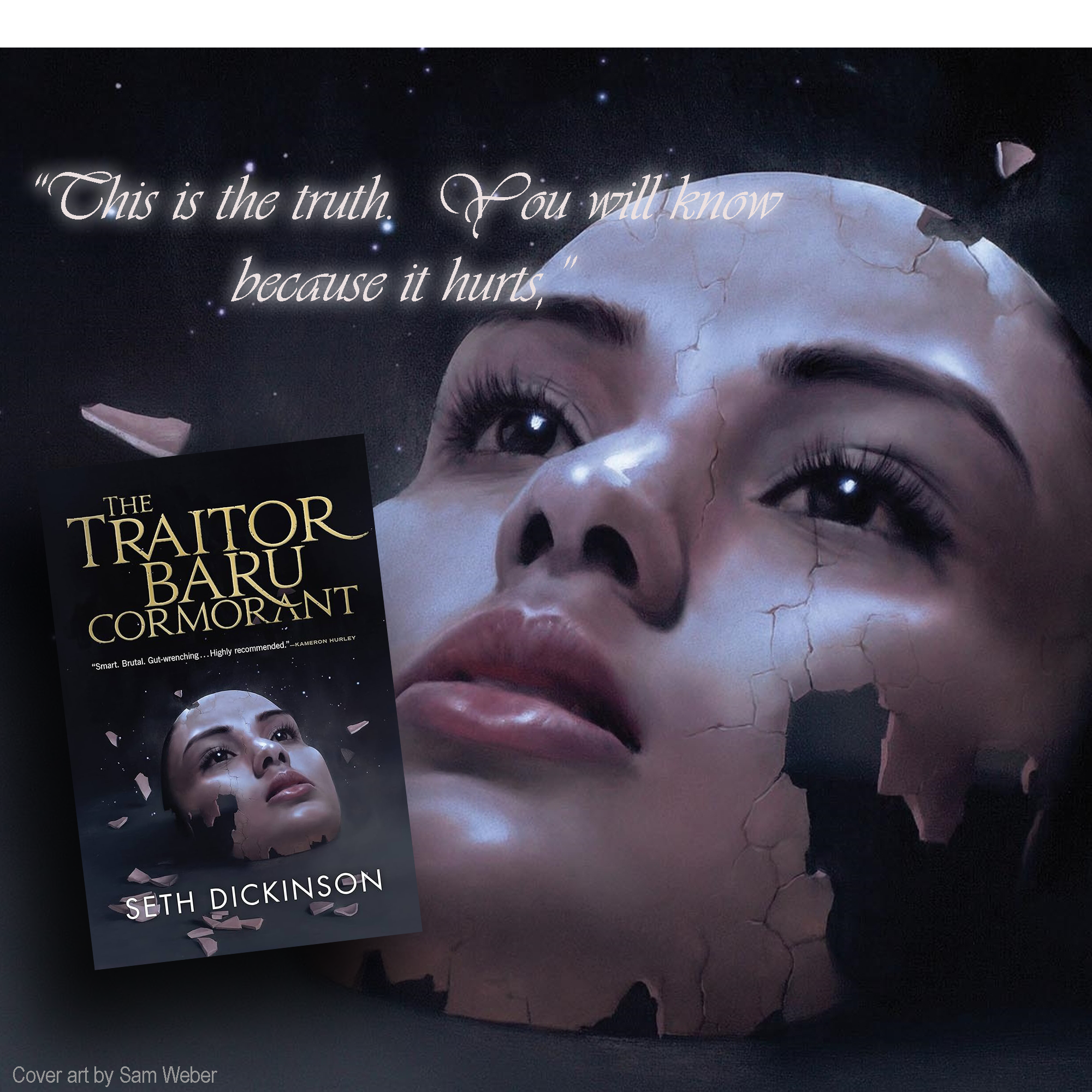Joey Boudot is a University of Cincinnati alumnus and studied film, animation, and graphic design.
A passion for story-telling and a knack for creative thinking and problem solving has propelled Joey into unique and interesting avenues of graphic design, social media management, video production, writing, and more.
He is also a collector of many things.
What I’m Reading…
A blog about books I like and, perhaps, books I hate
CURRENTLY READING
CURRENTLY READING
Redwall
1986 Brian Jacques
As a child, I used to check out the graphic novel adaptation of Redwall from my local public library. I always loved Wind in the Willows and I adored that it combined that whimsy with a medieval world. Figured it was time to finally read the original novel!
Annihilation
2014 Jeff Vandermeer
I am not always a “read the book before seeing the movie” person, but for whatever reason I wanted to do so with Annihilation. I had a lot of friends tell me to see the movie, but I had also heard a lot of good things about the novel and decided to start there. Found it at a decent price at Half Price Books, so I figured the world was sending me a sign.
Litany of the Long Sun
1993 Gene Wolfe
Comprising the first two novels of The Book of the Long Sun, the “sequel” series to Book of the New Sun. Each time I finished an installment of BotNS, I went back and re-read the previous novels (a common experience with Wolfe) so I never really found the time to read Long Sun. I finally feel like I have a good enough grip on BotNS to continue onward in the interconnected Solar Cycle.
MY LIBRARY
MY LIBRARY
The Book of the New Sun
Gene Wolfe
★★★★★
Gene Wolfe’s tetralogy (or Pentalogy… or a Dodecology if you want to get really granular about it) is considered a landmark series in Science-Fiction fantasy history.
The story of Sevarian the Torturer and his journey from the Citadel of Nessus into the wild of the Commonwealth mixes the mind-melding world of speculative science-fiction with elements of traditional high-fantasy and classic bildungsroman narrative.
I have read BotNS seven times in its entirety, and am in the middle of my eigth, and each time Wolfe surprises me with even more. Sevarian remains with me everywhere I go, and BotNS is always on my night stand, in my bag, or in my car. What appears as a standard sci-fi trek on the surface reveals a multitude of layers and far deeper elements of identity, spiritual significance, and questions of what it means to be a human in a dying world.
It is undeniable that this series is difficult to get through. It is long, and seemingly pointless at times, but if you allow him, Wolfe will astound you with his literary aptitude. The prose is dense and borderline poetic, with every word, translation, misspelling, capitalization and phrasing meaning something. I have never read something so meticulously thought out and rendered. This series may not be for everyone, but if you allow it, it can change your life.
The copy in this image published by the Folio Society is one of my favorite books in my library, adorned with Sam Weber’s stunning covers and monochromatic illustrations.
The Traitor Baru Cormorant
Seth Dickinson
★★★
Striking, powerful, and breathtaking. The Traitor Baru Cormorant tells a story of colonization, cultural genocide, political intrigue, and survival.
The epigraph of this novel, “A Promise: This is the truth. You will know because it hurts,” intrigued me enough to pick it up at the book store. Dickinson did not underdeliver.
This story is painful, sad, and at times downright disturbing; however, the Character of Baru and her mental fortitude and steadfast determination to not only survive, but thrive in the Masquerade’s society contains enough momentum to carry you through the novel.
Dickinson’s narrative is compelling and thought provoking, but the prose leaves a lot to be desired. At its best, this novel is convincingly formal and tense. At its worst, it is meandering and sluggish. The structure of the story jumps in time constantly, slowly losing grip on the sense of urgency and tension the opening quarter of the novel builds so well.
This qualm unfortunately extends to the novels protagonist, Baru. At her best, Baru is a fierce and intelligent main character, sharp as a dagger and just as deadly. At her worst, she nears unlikable. It could be argued that Baru is supposed to be an ambiguous main character, who’s choices are to be weighed by the reader; however, the uneven and choppy structure paired with the massive amount of side characters and political relations dumped onto the reader leads to certain quick characterization moments that leave me questioning.
The complexity of Dickinson’s world makes moments like these inevitable, I just found myself stumbling over them more often than I anticipated.
Overall, it didn’t prevent my enjoyment of this novel, but it did significantly impact the rate at which I read it. I got about halfway through twice before getting side tracked and having to restart a few months later. The book was interesting enough to keep me engaged on those bouts of re-reading, but it did make it feel a bit like a chore.
If you enjoy political dramas with stunningly strong and yet still human female leads and well fleshed-out worlds with intense politics and warring cultures, this book is for you.
Indiana Jones
Rob MacGregor, Martin Caidin, and Max McCoy
What always drew me to the Indy franchise was the hints at the supernatural. These were films grounded in the 1930s, with real places and characters that lived and breathed. The supernatural elements (i.e. faces melting off, hearts being ripped out of chests, zombification by drinking water from the wrong cup, etc.) were always shocking moments, to both the characters and the audience. After all, Indy doesn’t believe in all that “superstitious hocus-pocus,”
Some of these novels tend to lean FAR too much on the supernatural elements, making for a rather unconvincing origin for the character we see in Raiders. Some of these moments would rip me from the novel, leaving me scratching my head. Others didn’t bother me as much.
I have finally completed my full read-through of all twelve novels and will eventually pen individual reviews for each.
★★★
The Indiana Jones films have been some of my favorite movies since childhood, so recently I decided to dive into the Bantam Books paperbacks released throughout the 90s! These books all take place between the end of The Adventures of Young Indiana Jones TV show and the films, bridging the gap between his formative youth and experienced adulthood.
These novels seem relatively divisive among the fanbase. Not quite accessible enough for a casual audience, and not quite high enough quality for the enthusiasts, these novels feel more like 50s pulp adventure novels you’d find for fifty cents at a dusty antique mall than officially licensed Lucasfilm tie-ins. And ya know what? I find that quite charming, as the films were Spielberg and Lucas’s ode to classic television serials, and these essentially act as an ode to the literary world’s equivalent.
Does that mean they deliver what the films do? Absolutely not.
Does that mean that they are consistently good quality? Oh honey… no.
BUT: Does that mean that they are Indiana Jones? Yes. Yes they are.
The series, comprising of twelve novels by three different authors, varies widely in quality: from painting pretty believable early adventures of our favorite whip-touting archeologist, to complete and utter nonsense complete with reoccurring cameos from Merlin the Wizard as an… undead god? Ghost? Spirit guide? I don’t know, I’m still hazy on that bit.






